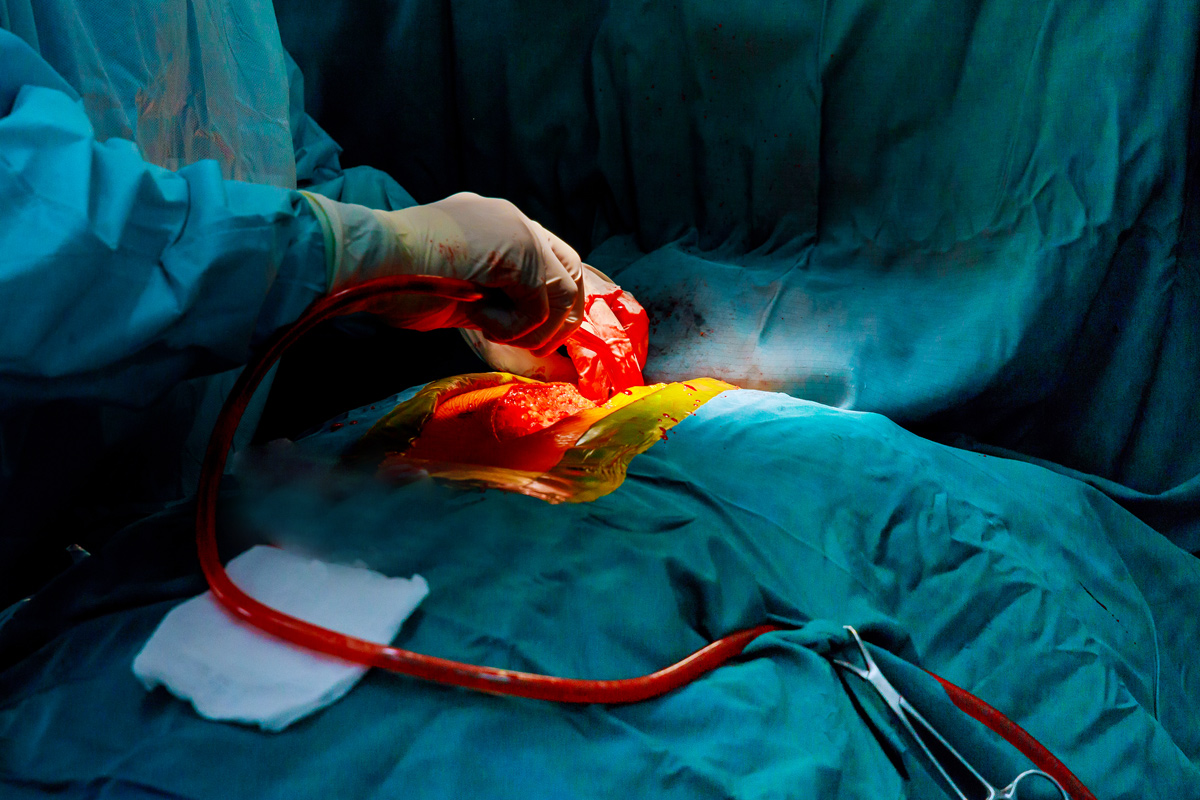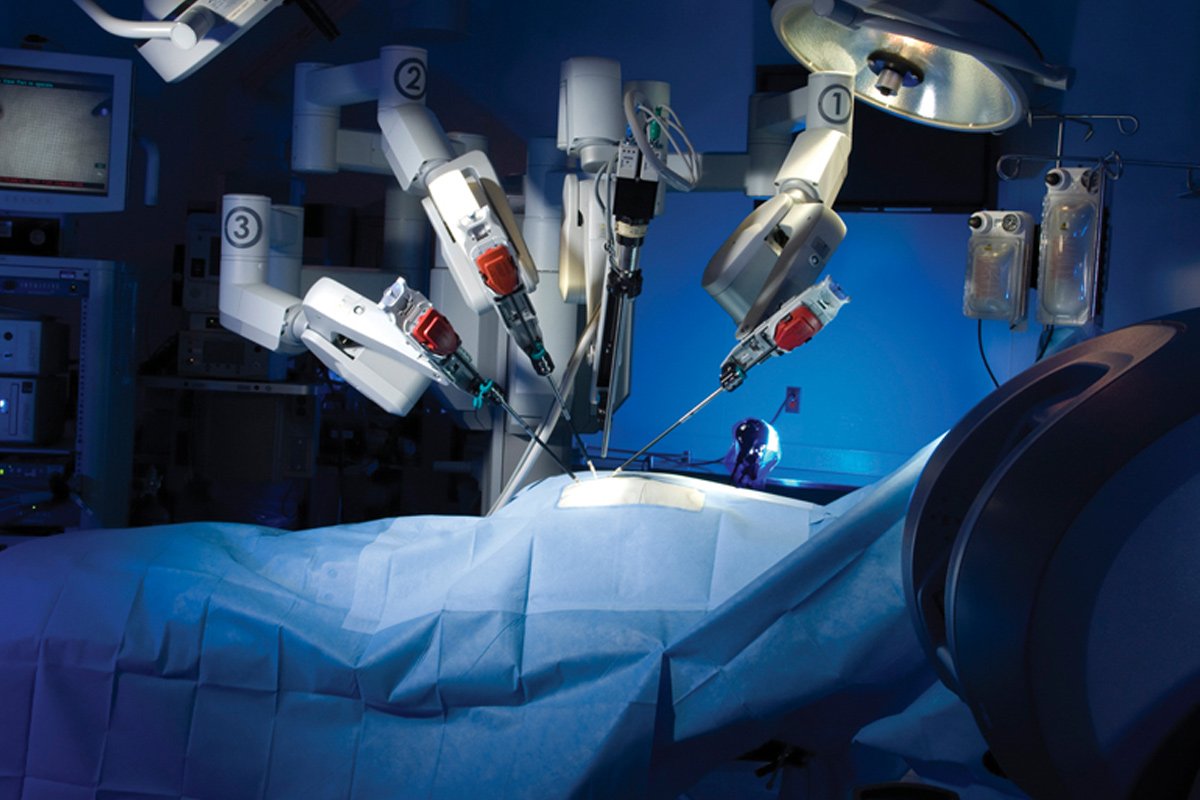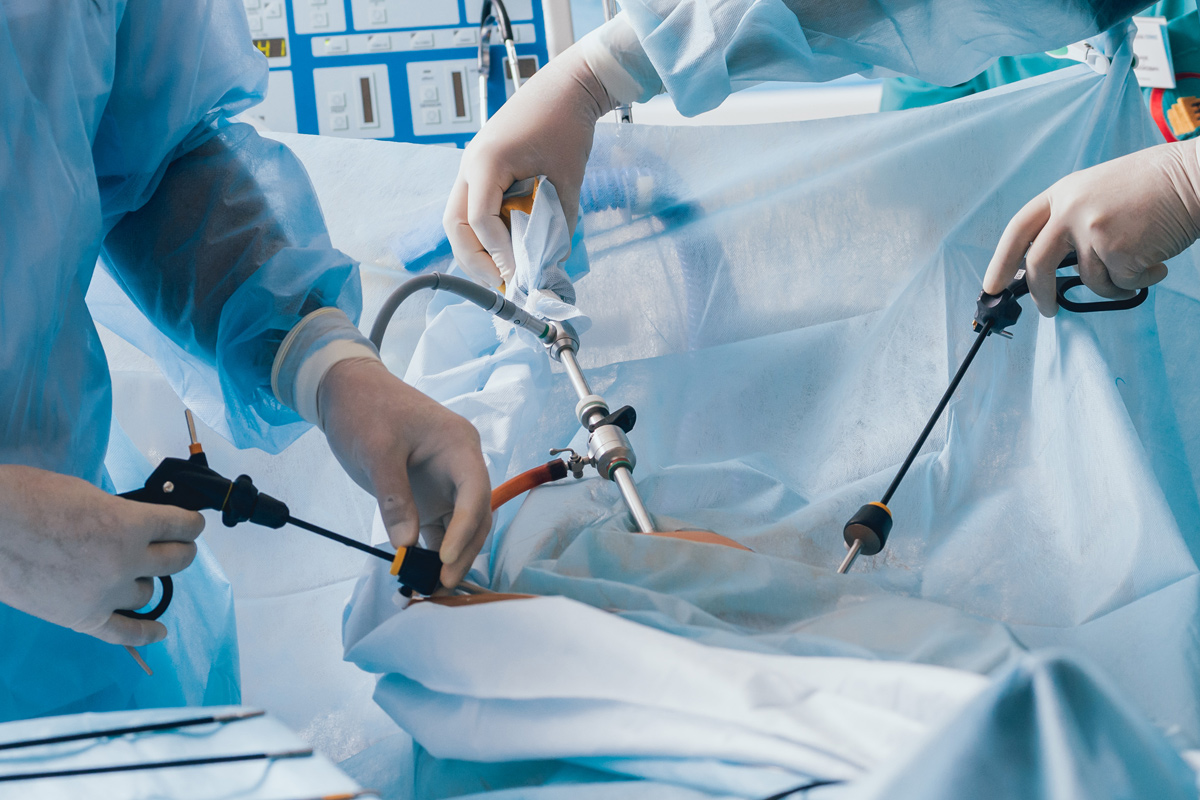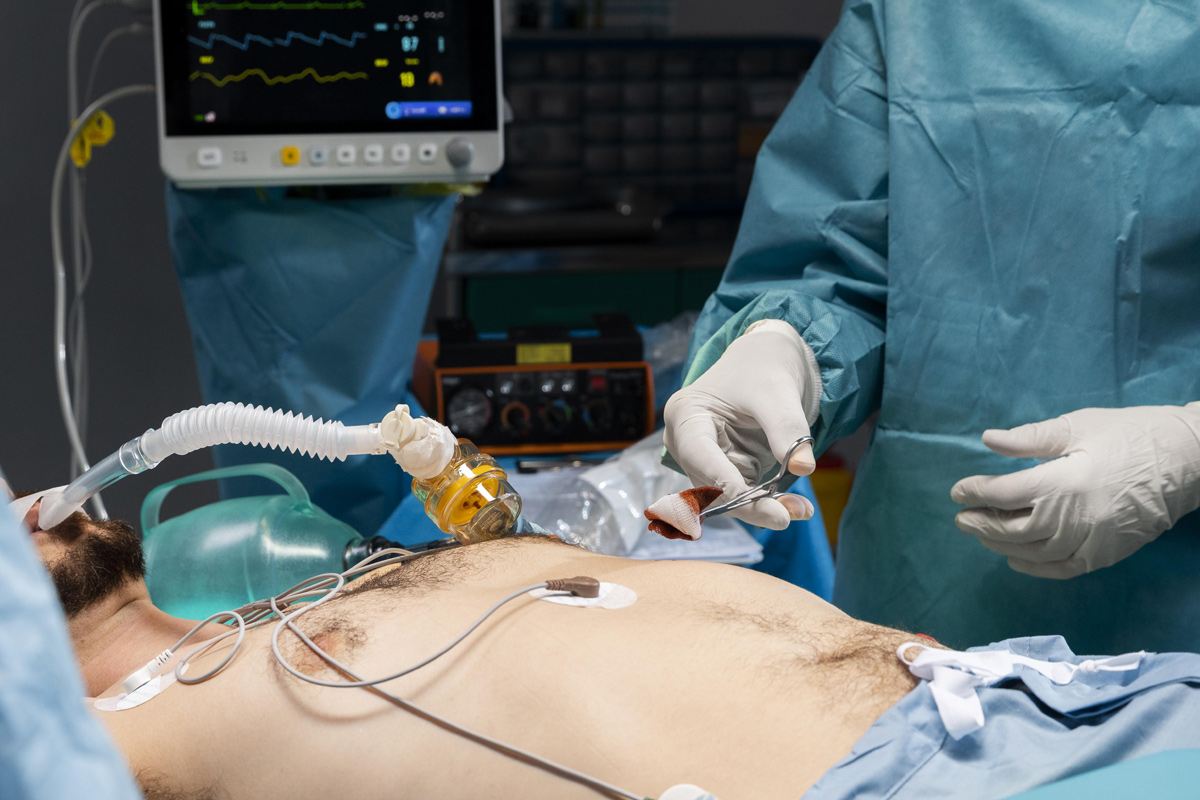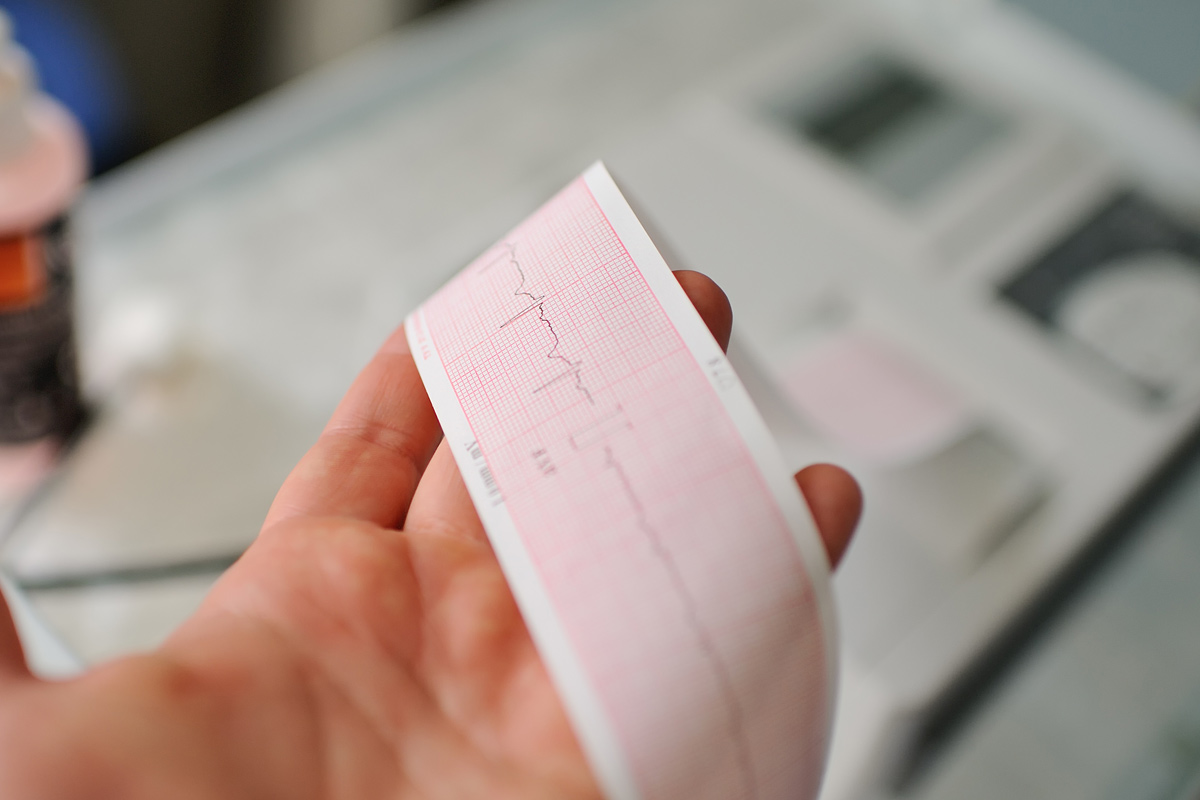Coronary Bypass
What is coronary artery bypass surgery?
Coronary artery bypass graft surgery is open-heart surgery in which vessels (veins or arteries) taken from another part of the body are used to supply blood to coronary arteries that are not receiving enough blood. The arteries or veins used in the surgery can be easily removed from the areas where they were located and do not interfere with blood flow in their former location.
Examples of grafts from the arteries include the internal thoracic artery (internal mammary artery), which runs down the inside of the chest wall, and the great saphenous vein, which runs down the inside of the leg just under the skin from the ankle to the groin. Sometimes vein grafts can also be prepared from the back of the leg or arm if necessary. The radial artery from the forearm and the gastric artery from the abdomen can be used as arterial grafts.
During surgery, arterial and vein grafts are connected directly to the coronary vessels that run on the surface of the heart. Thus, the grafts act like a bridge and provide blood flow beyond the stenosis.
Coronary artery bypass surgery is usually performed using a heart-lung machine. This machine oxygenates the blood and supplies the body with a certain pressure that allows the heart to stop. This is how coronary artery bypass surgery is performed.
What does coronary artery bypass surgery provide?
Coronary artery bypass grafting surgery increases decreased blood flow to the myocardium. This greater blood flow relieves chest pain (angina). It also reduces fatigue and the need to take several medications, making patients feel better. As a result, patients’ quality of life increases. Bypass surgery in people with severe coronary artery disease prolongs the patient’s life.

